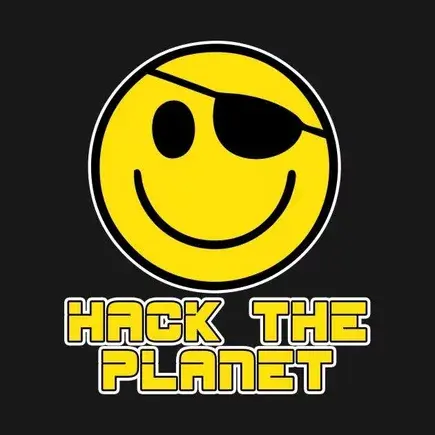

+1 to this. Lots of talk in this thread about drivers, but the only driver involved here is the Bluetooth driver. Half of the point of Bluetooth is that peripherals don’t need their own drivers, they just provide various profiles which are standardized so the Bluetooth service can consume those profiles from any device.
Not an expert in this area but I believe the implementation of most of those profiles is user space, so the proper place to be debugging is the Bluetooth service or in pulsesudio. So start your Bluetooth service logs they might give you some idea as to what is going on. Try to get a list of what profiles are supported by your OS and what profiles are supported by the device, maybe the device only supports some newer lossless profile that hasn’t been implemented in Linux yet.







Same here. I have three models of Zebra printers and they were all pretty much plug and play with Linux.